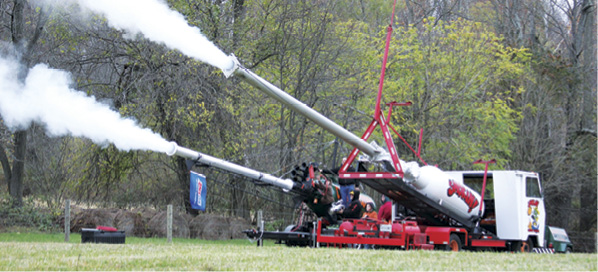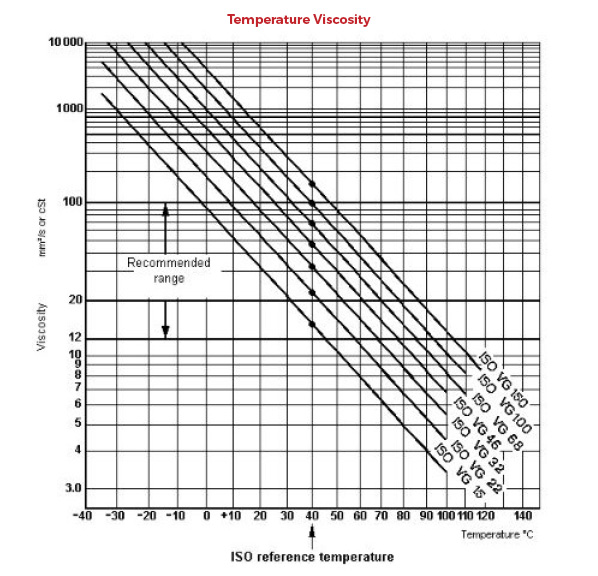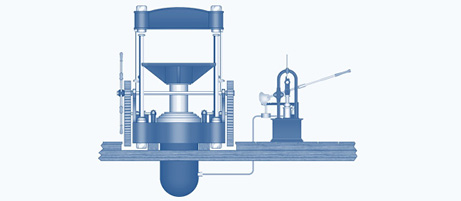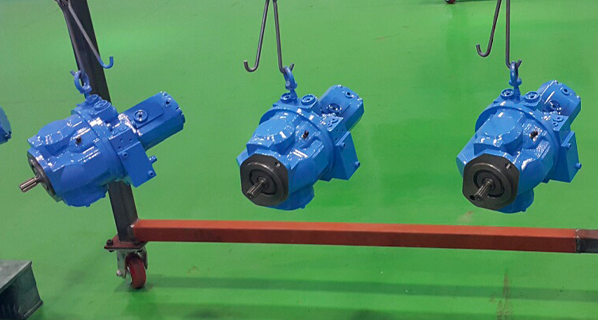Quick-Changing Robots

Enabling a single robot to exchange end effectors during a manufacturing or assembly process, much as a human is capable of operating different tools, increases robot flexibility. When there are a multitude of applications that require tool-changing, automating this process translates into a significant reduction in expensive, non-productive tool-changing time.
A case that illustrates the importance of Robotic Tool Changers involves the new, automated design-testing application at Schmalz, a company specializing in vacuum automation and ergonomic handling solutions globally.
The first step in automating Schmalz’s proof-of-concept process included installing a large FANUC robot for material handling. Although the robot provided some initial benefits, tools on the robot still had to be changed by hand, and this manual process created downtime.
Schmalz needed a tool changer suited both to the size of its 600 kg FANUC robot and the unpredictable loads of its customers’ test material, which could range from featherweight plastic sheets to extremely heavy automotive components. To meet this need, Schmalz added ATI Industrial Automation’s Quick-Change tool changers.
Robotic tool changers are designed to function for millions of cycles at rated loads, while helping to maintain extremely high repeatability. An automatic robotic tool changer must possess physical characteristics that are at least equivalent to the robot arm itself. It must hold the tool securely – even if electrical power or the air supply fails. The ATI changer has a master plate mounted on the robot arm and a tool plate attached to the tool. The heart of the locking mechanism is an air-actuated piston on the master plate.
The new Robot Test Cell at Schmalz includes one Master and three Tools mounted to different Schmalz Grippers–which can weigh up to 130 lbs. each before product is handled. With this new Robot Test Cell Schmalz can now design and test more custom solutions for its large variety of customers with a very broad variety of different requirements and can evaluate each customer sample more thoroughly in a shorter amount of time. The new test system is in line with the company’s sustainability goals as well since it is contained in a single work cell, and additional tools can be added quite easily to further increase productivity.
Integrating the Tool Changer products gave Schmalz the ability to handle the variable payloads of customer material and seamlessly transition between each of the different Grippers in a single test run. If needed, multiple trials can be performed to narrow down and select the best equipment for the job. The Tool Changers have also provided an additional measure of safety by keeping employees out of the robot cell.
For more information about Schmalz, Inc., visit www.schmalz.com/en
For more information about ATI Industrial Automation’s Tool Changers, visit
www.ati-ia.com/Products/toolchanger/robot_tool_changer.aspx







